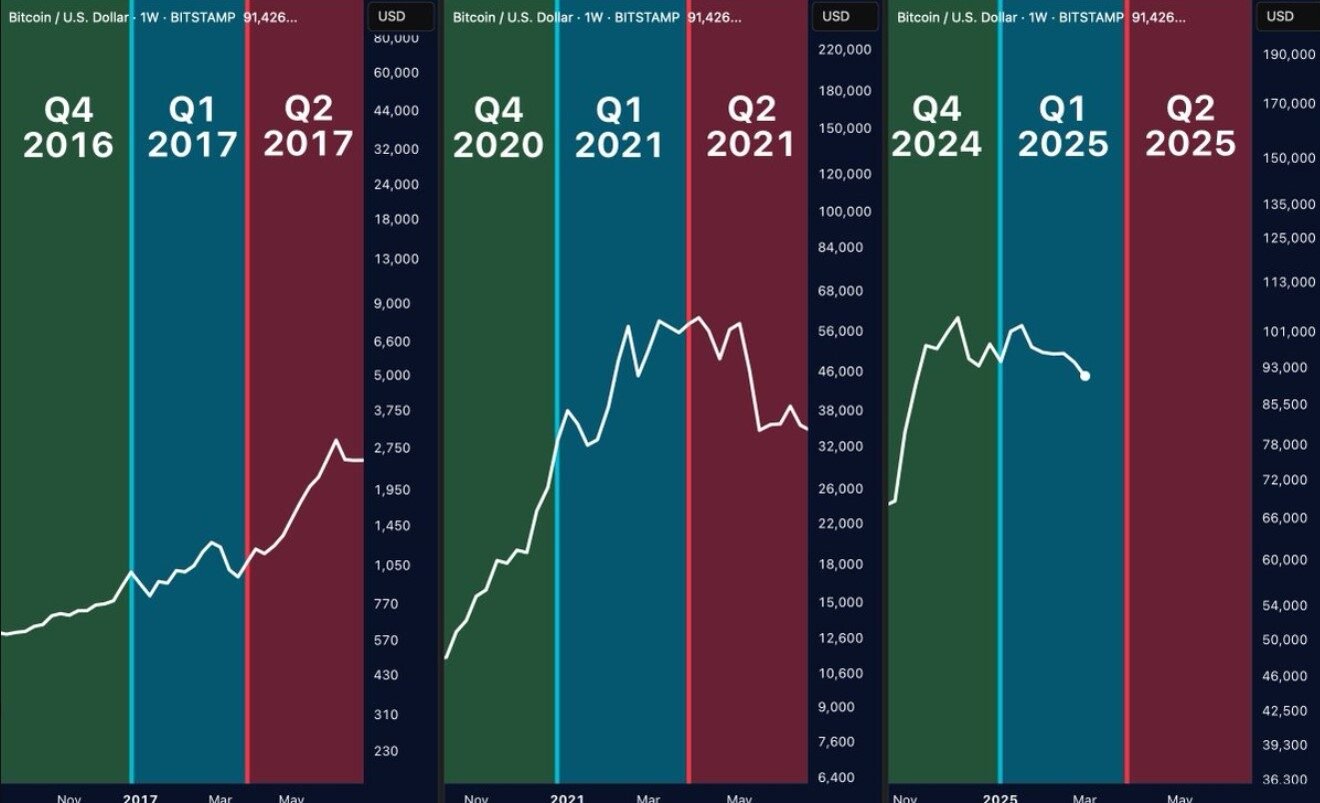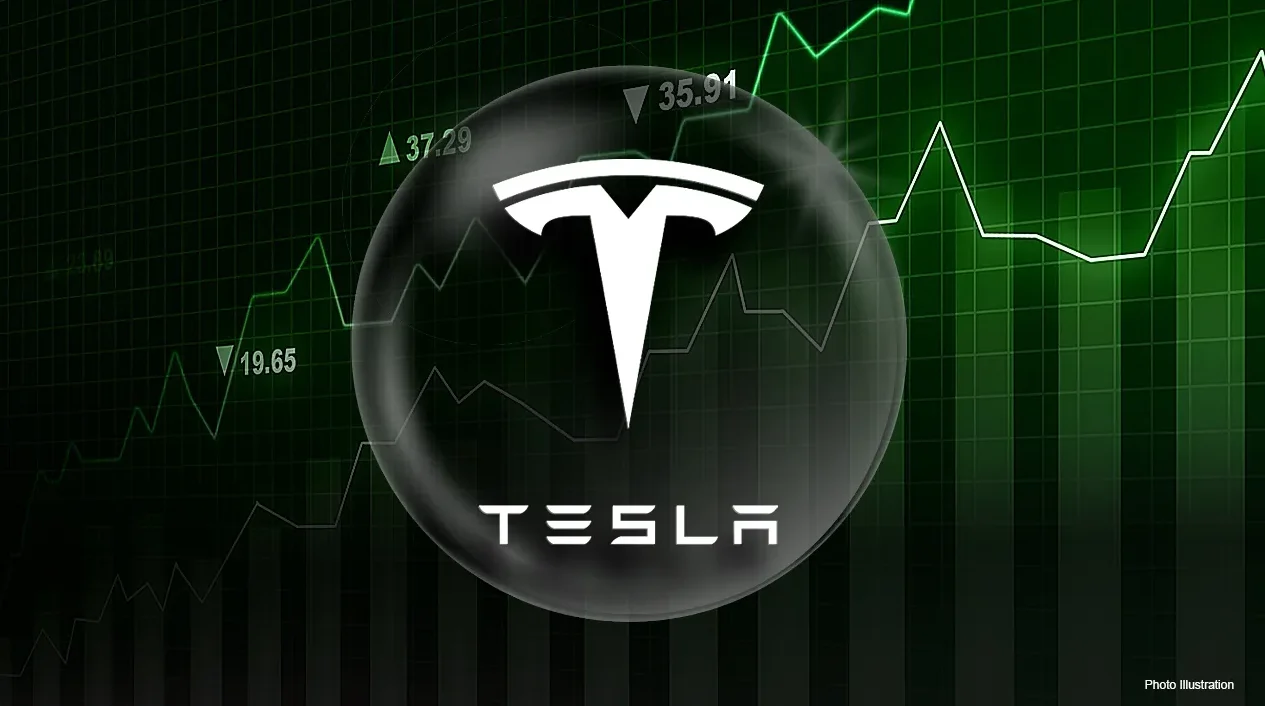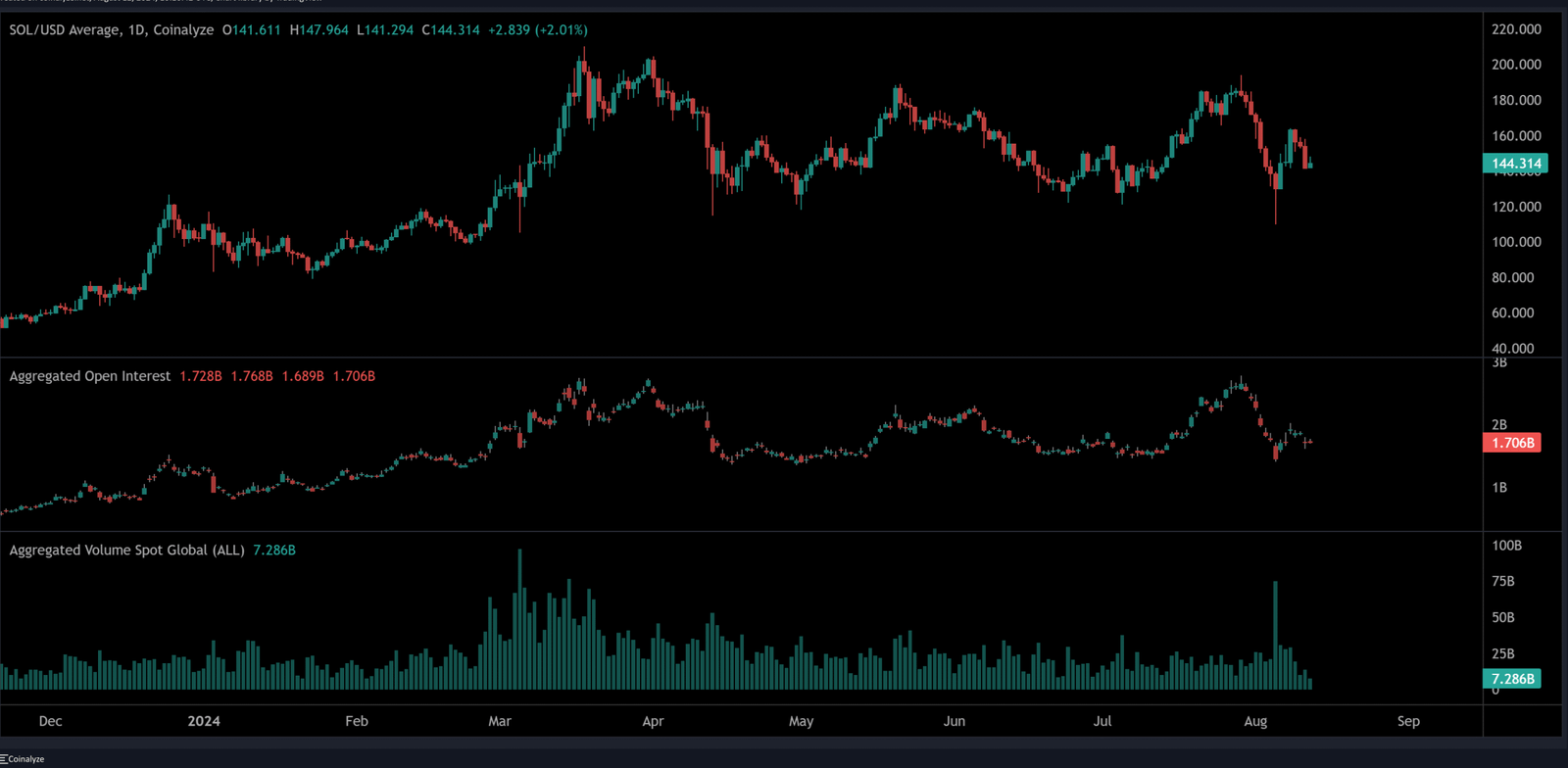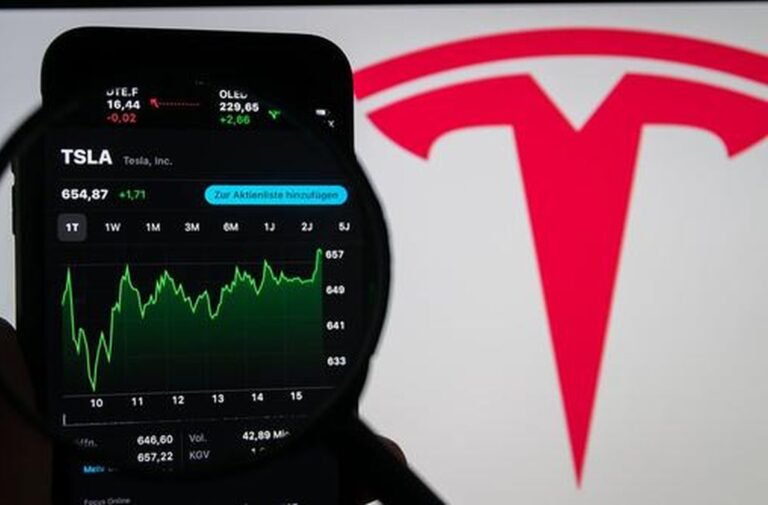The electric vehicle revolution has fundamentally transformed the automotive industry, and at the forefront of this transformation stands Tesla Inc., one of the most closely watched companies in the global stock market. For investors, traders, and market enthusiasts alike, tracking the TSLA stock price today has become an essential daily ritual that provides insights into not just the company’s performance, but the broader sentiment surrounding clean energy, innovation, and the future of transportation.
Understanding Tesla’s stock movements requires more than just glancing at numbers on a screen. The company’s valuation reflects a complex interplay of production figures, delivery numbers, technological breakthroughs, regulatory developments, and the visionary leadership of Elon Musk. Whether you’re a seasoned investor looking to optimize your portfolio or a curious newcomer considering your first Tesla shares, comprehending the factors that influence the TSLA stock price today empowers you to make informed decisions in an increasingly volatile market environment.
This comprehensive guide delves deep into Tesla’s current market position, examining the elements that drive daily price fluctuations, analyzing historical performance patterns, and exploring what the future might hold for this pioneering electric vehicle manufacturer. From understanding market fundamentals to interpreting analyst predictions, we’ll explore everything you need to know about Tesla’s stock performance in today’s dynamic trading landscape.
Understanding Tesla’s Current Market Position
Tesla’s position in the financial markets represents far more than a traditional automotive company valuation. The TSLA stock price today reflects investor confidence in a company that has successfully positioned itself at the intersection of multiple high-growth industries, including electric vehicles, renewable energy solutions, battery technology, and autonomous driving systems. Unlike legacy automakers, Tesla’s market capitalization has historically commanded premium valuations based on its growth potential rather than traditional automotive industry metrics.
The company’s stock trades on the NASDAQ exchange under the ticker symbol TSLA, where it experiences significant daily trading volume that often exceeds hundreds of millions of shares. This high liquidity makes Tesla stock particularly attractive to both institutional investors and retail traders, though it also contributes to the notable volatility that characterizes Tesla’s share price movements. The stock’s inclusion in major indices like the S&P 500 since December 2020 has further cemented its position as a mainstream investment vehicle.
Currently, Tesla maintains its status as the world’s most valuable automotive company by market capitalization, despite producing fewer vehicles than many traditional competitors. This valuation premium stems from investor expectations regarding the company’s future growth trajectory, its leadership in electric vehicle technology, and its expanding ecosystem of energy products. The Tesla stock market performance often serves as a barometer for the broader electric vehicle sector, with movements in TSLA frequently influencing other EV manufacturer stocks.
Key Factors Influencing TSLA Stock Price Today
Multiple interconnected variables determine the TSLA stock price today, creating a complex ecosystem of influences that can drive dramatic intraday movements. Production and delivery numbers remain perhaps the most fundamental metric, with quarterly delivery reports often triggering significant price reactions. When Tesla exceeds delivery expectations, the stock typically responds positively, while missed targets can precipitate sharp declines as investors reassess growth projections.
Macroeconomic conditions play an increasingly important role in Tesla’s valuation. Interest rate decisions by the Federal Reserve directly impact growth stock valuations, with higher rates typically pressuring Tesla’s stock price as investors discount future cash flows more heavily. Inflation concerns, recession fears, and broader market sentiment all cascade through to affect Tesla share price movements, often amplifying volatility during periods of economic uncertainty.
Technological developments and product announcements generate substantial market interest. Breakthroughs in battery technology, progress toward full self-driving capabilities, or unveiling of new vehicle models can propel the stock higher as investors price in expanded addressable markets and competitive advantages. Conversely, production delays, safety concerns, or regulatory challenges can weigh on sentiment and depress the current Tesla stock price.
Competition in the electric vehicle space has intensified dramatically, with legacy automakers investing billions in electrification strategies and new entrants emerging globally. Market share data, competitive comparisons, and analysis of Tesla’s technological lead all influence investor perceptions. The company’s ability to maintain pricing power while scaling production amidst increasing competition remains a critical factor affecting TSLA trading activity on any given day.
Historical Performance and Price Trends

Examining Tesla’s historical stock performance reveals a remarkable journey characterized by explosive growth periods punctuated by significant corrections. Since its initial public offering in 2010 at seventeen dollars per share, Tesla has delivered extraordinary returns for early investors, though the path has been far from linear. The Tesla stock history includes multiple stock splits, dramatic rallies, and gut-wrenching pullbacks that have tested investor conviction.
The period between 2019 and 2021 witnessed particularly spectacular gains, with the stock appreciating several hundred percent as Tesla achieved sustained profitability, ramped production capacity, and gained inclusion in the S&P 500 index. This explosive growth phase saw the TSLA stock price reach all-time highs, creating substantial wealth for shareholders while simultaneously raising questions about valuation sustainability and potential bubble conditions.
More recent price action has reflected greater volatility and uncertainty. The stock has experienced significant corrections from peak levels as investors grapple with moderating growth rates, margin pressures, and shifting macroeconomic conditions. These pullbacks have created opportunities for value-oriented investors while challenging those who purchased near historical highs. Understanding these cyclical patterns provides context for interpreting the TSLA stock price today within the broader narrative of the company’s market evolution.
Technical analysts closely monitor key price levels, support and resistance zones, and chart patterns that have historically preceded significant moves. Moving averages, relative strength indicators, and volume patterns all contribute to trading strategies employed by market participants. While fundamental analysis focuses on business performance, technical factors frequently drive short-term Tesla stock movements and create trading opportunities for active investors.
Trading Volume and Market Liquidity
The exceptional trading volume associated with Tesla stock distinguishes it from most publicly traded securities. On typical trading days, tens of millions of TSLA shares change hands, with volume occasionally spiking above one hundred million shares during particularly volatile sessions or following significant news events. This robust liquidity ensures that investors can generally execute trades efficiently at prevailing market prices, minimizing the impact of bid-ask spreads and slippage.
High trading volume reflects the diverse constituency of Tesla stakeholders, ranging from long-term institutional investors to day traders capitalizing on intraday volatility. The Tesla stock market attracts substantial options trading activity, with calls and puts among the most actively traded contracts in equity markets. This derivatives activity can amplify underlying stock movements through hedging activities and create additional volatility during periods of significant options expiration.
Market makers and algorithmic trading systems maintain continuous liquidity, though rapid price movements can temporarily widen spreads during periods of extreme volatility. For investors monitoring the TSLA stock price today, understanding volume patterns provides valuable context about the conviction behind price movements. High-volume rallies or declines typically signal stronger directional momentum than low-volume moves, which may prove more ephemeral.
Analyst Ratings and Price Targets
Wall Street analysts maintain extensive coverage of Tesla, though their views span an exceptionally wide spectrum that reflects the polarized nature of opinions surrounding the company. Some analysts maintain highly bullish outlooks, projecting substantial upside based on Tesla’s technological advantages, brand strength, and potential for disruption across multiple industries. These optimistic forecasts often cite the company’s leadership in battery technology, expanding product portfolio, and potential for autonomous vehicle services.
Conversely, bearish analysts question Tesla’s valuation premium, pointing to intensifying competition, margin pressures, and concerns about whether the company can sustain growth rates necessary to justify its market capitalization. These skeptics often compare Tesla’s valuation metrics unfavorably to traditional automakers, arguing that the stock price already incorporates overly optimistic assumptions about future market share and profitability.
The consensus price target among analysts provides one reference point for evaluating the TSLA stock price today, though individual forecasts vary dramatically. Investors should approach analyst ratings with appropriate skepticism, recognizing that forecasters have historically struggled to accurately predict Tesla’s stock trajectory given the numerous variables affecting its performance. Nevertheless, major rating changes or significant revisions to price targets can influence short-term trading dynamics and investor sentiment.
Earnings reports represent critical inflection points where analyst expectations meet reality. The company’s ability to beat, meet, or miss consensus estimates for revenue, earnings per share, and vehicle deliveries often triggers significant price reactions. Forward guidance provided during earnings calls heavily influences analyst models and subsequent price target adjustments, making these quarterly events pivotal moments for anyone tracking the current Tesla stock price.
Investment Strategies for Tesla Stock

Developing an appropriate investment strategy for Tesla stock requires honest assessment of your risk tolerance, investment timeline, and conviction about the company’s long-term prospects. The TSLA stock price today may present various opportunities depending on your approach, whether you’re considering a long-term buy-and-hold strategy, attempting to time shorter-term moves, or employing options strategies to define risk parameters.
Long-term investors typically focus on Tesla’s fundamental business trajectory rather than daily price fluctuations. This approach involves believing in the company’s ability to maintain leadership in electric vehicles, successfully execute its product roadmap, and capture value from emerging opportunities in energy storage and autonomous driving. For these investors, the Tesla share price on any given day matters less than the company’s progress toward strategic objectives over multi-year horizons.
More active traders might seek to capitalize on Tesla’s volatility by identifying technical entry and exit points, trading around core positions, or employing covered call strategies to generate income. The stock’s tendency toward dramatic swings creates opportunities for those comfortable with heightened risk and capable of maintaining discipline during turbulent periods. However, attempting to time Tesla’s moves has proven challenging even for experienced traders given the stock’s propensity for unexpected moves.
Dollar-cost averaging represents a middle ground approach, allowing investors to build positions gradually over time rather than attempting to perfectly time entry points. This strategy acknowledges the difficulty of predicting short-term TSLA stock movements while maintaining commitment to long-term exposure. By systematically purchasing shares regardless of price, investors reduce the impact of volatility and avoid the paralysis that can result from waiting for perfect entry conditions that may never materialize.
Risk Factors and Considerations
Investing in Tesla stock involves accepting substantial risks that extend beyond typical equity market exposure. The company’s premium valuation leaves limited margin for execution missteps or disappointments, meaning negative surprises can trigger disproportionate price declines. Anyone considering the TSLA stock price today as an entry point must acknowledge that significant downside remains possible even from current levels, particularly if growth rates decelerate more rapidly than anticipated.
Regulatory risks span multiple dimensions, from vehicle safety investigations to securities-related matters to evolving environmental regulations that could impact operations. Government incentives for electric vehicle purchases have materially benefited Tesla’s growth, and reductions or eliminations of these programs could pressure demand and margins. International regulatory environments add complexity, particularly in major markets like China and Europe where local governments wield substantial influence over automotive markets.
Key person risk centered around Elon Musk remains a unique consideration for Tesla investors. Musk’s vision and leadership have undeniably driven the company’s success, yet his controversial public statements, social media activity, and involvement with multiple ventures create ongoing uncertainty. Changes in leadership or shifts in Musk’s attention could materially impact both business execution and investor sentiment regarding the Tesla stock market value.
Competition will inevitably intensify as legacy automakers complete their electric vehicle transitions and well-funded startups scale production. Tesla’s first-mover advantages may erode over time, potentially pressuring market share, pricing power, and profit margins. Maintaining technological leadership while competing against resourced competitors represents an ongoing challenge that will influence long-term Tesla share price performance.
Future Outlook and Growth Catalysts

Tesla’s future trajectory depends on successfully executing against an ambitious roadmap while navigating competitive and macroeconomic headwinds. New vehicle launches, including the long-anticipated Cybertruck and more affordable models, could expand the company’s addressable market and drive incremental volume growth. Progress toward full self-driving capability remains a potentially transformative catalyst, though regulatory approval and technological validation challenges persist.
Energy storage and solar businesses represent substantial opportunities beyond automotive operations. As electrical grids integrate increasing renewable capacity, demand for battery storage solutions should accelerate. Tesla’s vertically integrated approach to battery production positions it to capture value across multiple segments, potentially diversifying revenue streams and reducing dependence on vehicle sales. The realization of this potential could meaningfully impact the TSLA stock price over coming years.
International expansion, particularly in emerging markets, offers significant growth runway. Building manufacturing capacity closer to end customers improves economics while reducing geopolitical risk. The successful ramp of facilities in Germany and Texas demonstrates Tesla’s ability to replicate its manufacturing processes globally, though execution risks remain as the company attempts to scale production to multiple millions of vehicles annually.
Margin expansion represents another key variable for Tesla’s financial performance. As production scales, fixed cost leverage should improve profitability even if vehicle prices moderate. Battery cost reductions, manufacturing efficiency gains, and higher-margin software revenue could all contribute to expanding margins that support earnings growth even if unit growth rates decelerate from peak levels.
Conclusion
The TSLA stock price today represents far more than a simple number on a financial ticker; it embodies investor expectations about the future of transportation, clean energy adoption, and technological innovation. Tesla’s remarkable journey from fledgling startup to the world’s most valuable automotive company has created substantial wealth for early believers while generating ongoing debate about appropriate valuation levels. Understanding the multifaceted factors that influence daily stock price movements empowers investors to make more informed decisions aligned with their financial goals and risk tolerance.
Whether Tesla stock represents an attractive investment opportunity at current levels ultimately depends on individual circumstances, investment horizons, and convictions about the company’s competitive positioning. The stock’s historical volatility suggests that dramatic price swings will likely continue, creating both opportunities and risks for market participants. Those considering positions should conduct thorough due diligence, honestly assess their risk tolerance, and maintain realistic expectations about potential outcomes.
As electric vehicles transition from niche products to mainstream transportation and renewable energy reshapes global power generation, Tesla’s role in these transformative trends positions the company at the center of some of the most significant economic shifts of our era. The Tesla stock market performance will continue reflecting evolving perceptions about the company’s ability to capitalize on these opportunities while navigating intensifying competition and operational challenges. For investors willing to embrace volatility in pursuit of long-term growth potential, Tesla remains one of the most compelling yet challenging investment opportunities in modern markets.
FAQs
Q: What time does TSLA stock start trading each day?
Tesla stock trades during regular NASDAQ market hours, which run from 9:30 AM to 4:00 PM Eastern Time on business days. Pre-market trading begins as early as 4:00 AM Eastern Time, while after-hours trading extends until 8:00 PM Eastern Time. Many brokers offer access to these extended sessions, though volume and liquidity are typically lower than regular trading hours, potentially resulting in wider bid-ask spreads.
Q: How often does Tesla release earnings reports that impact the stock price?
Tesla releases quarterly earnings reports four times per year, typically a few weeks after each quarter concludes. These reports provide comprehensive financial results including revenue, earnings per share, vehicle production and delivery numbers, and forward guidance. The company also hosts earnings conference calls where management discusses results and answers analyst questions. These quarterly events often trigger significant stock price volatility as investors react to results relative to expectations.
Q: What is considered a good entry price for long-term Tesla investors?
Determining a “good” entry price depends entirely on your investment thesis, time horizon, and risk tolerance. Rather than focusing exclusively on absolute price levels, consider valuation metrics relative to growth expectations, the company’s competitive position, and broader market conditions. Many long-term investors employ dollar-cost averaging to build positions over time, avoiding the challenge of trying to perfectly time entry points in a volatile stock.
Q: How does Tesla stock typically react to vehicle delivery announcements?
Tesla’s stock frequently experiences significant price movements following quarterly delivery announcements, with the direction and magnitude depending on results relative to analyst expectations. Delivery beats often trigger price increases as investors view strong demand favorably, while misses can precipitate declines amid concerns about growth deceleration. The stock’s reaction also depends on broader market conditions, recent price movements, and management commentary accompanying the figures.
Q: Should I invest in Tesla stock if I’m risk-averse and nearing retirement?
Tesla’s stock generally represents a higher-risk investment given its volatility, premium valuation, and exposure to rapidly evolving industries. Risk-averse investors, particularly those nearing retirement with shorter investment horizons, should carefully consider whether Tesla’s risk profile aligns with their financial circumstances and objectives. If considering exposure, limiting position size to a small percentage of your overall portfolio helps manage risk while allowing participation in potential upside. Consulting with a qualified financial advisor can help determine appropriate allocation based on your specific situation.


